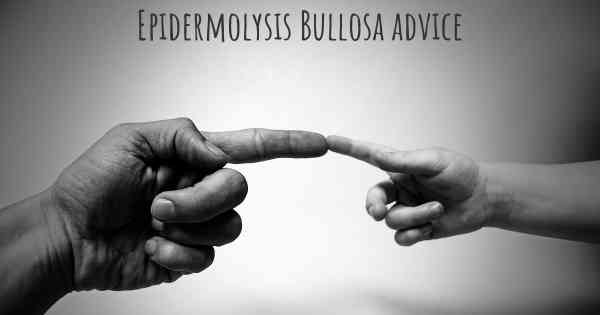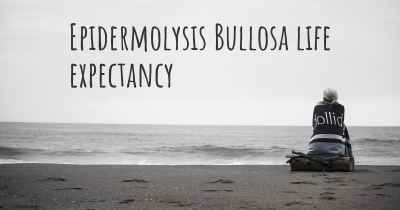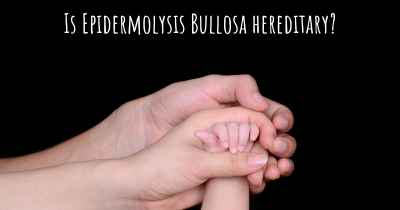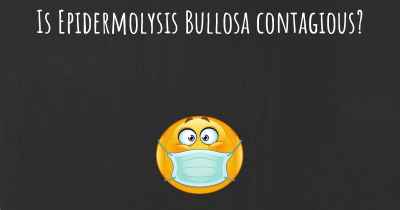8
Which advice would you give to someone who has just been diagnosed with Epidermolysis Bullosa?
See some advice from people with experience in Epidermolysis Bullosa to people who have just been diagnosed with Epidermolysis Bullosa

Advice for Someone Diagnosed with Epidermolysis Bullosa
Receiving a diagnosis of Epidermolysis Bullosa (EB) can be overwhelming and bring about a range of emotions. It's important to remember that you are not alone in this journey. While EB presents unique challenges, there are ways to manage the condition and improve your quality of life. Here are some essential pieces of advice to consider:
- Seek Support: Reach out to support groups, organizations, and online communities dedicated to EB. Connecting with others who understand your experiences can provide invaluable emotional support, practical advice, and a sense of belonging.
- Build a Healthcare Team: Assemble a team of healthcare professionals who specialize in EB. This may include dermatologists, wound care specialists, genetic counselors, and other specialists who can provide comprehensive care tailored to your specific needs.
- Educate Yourself: Learn as much as you can about EB to better understand the condition and its management. Knowledge empowers you to make informed decisions and actively participate in your care. Your healthcare team can guide you to reliable resources.
- Develop a Skincare Routine: Establishing a gentle and consistent skincare routine is crucial for managing EB. Work closely with your dermatologist to determine the best products and techniques for your skin type. Moisturizing regularly and avoiding harsh irritants can help minimize blistering and promote healing.
- Wound Care: Proper wound care is essential to prevent infection and promote healing. Consult with your healthcare team to develop a personalized wound care plan. This may involve using specialized dressings, managing blisters, and implementing infection prevention strategies.
- Pain Management: EB can be associated with varying levels of pain. Discuss pain management options with your healthcare team to find strategies that work for you. This may include over-the-counter pain relievers, prescription medications, or alternative therapies such as acupuncture or relaxation techniques.
- Protect Your Skin: Take precautions to protect your skin from trauma and friction. This may involve wearing loose-fitting clothing, using soft bedding, and avoiding activities that can cause excessive rubbing or pressure on your skin.
- Nutrition and Hydration: Maintain a healthy diet and stay well-hydrated to support overall skin health and healing. Consult with a registered dietitian who can help you develop a balanced meal plan that meets your nutritional needs.
- Psychological Support: Living with EB can have a significant impact on your mental well-being. Consider seeking counseling or therapy to help cope with the emotional challenges that may arise. Mental health professionals can provide guidance and support tailored to your specific needs.
- Stay Active: Engage in activities that you enjoy and that are suitable for your condition. Physical activity can help improve your mood, maintain mobility, and enhance overall well-being. Consult with your healthcare team to determine appropriate exercises or modifications.
- Advocate for Yourself: Be an active participant in your healthcare journey. Communicate openly with your healthcare team, ask questions, and express any concerns or needs you may have. Your voice matters, and advocating for yourself can lead to better care and improved outcomes.
Remember, managing EB is a lifelong process, and it's normal to face challenges along the way. Surround yourself with a supportive network, stay informed, and take proactive steps to care for your physical and emotional well-being. With the right support and self-care strategies, you can lead a fulfilling life despite the challenges posed by EB.
Diseasemaps
Translated from portuguese
Improve translation
It is not easy to accept that you have limitations. Shoes, clothes, t make choices that will be good for your condition. I think that , when it is adult adaptations are easier, but when the child must suffer until they adapt.
Posted Aug 21, 2017 by Michelle 1000








